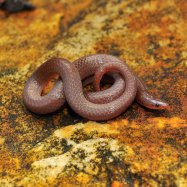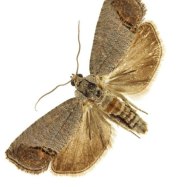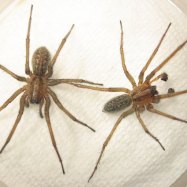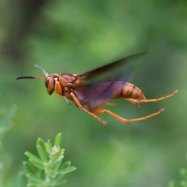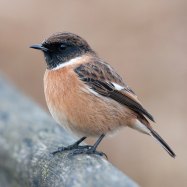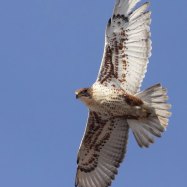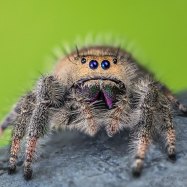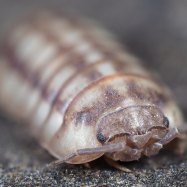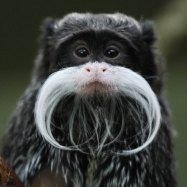
Mamba
Up to 14 feet (4.5 meters)
The black mamba, found in African countries like South Africa, Mozambique, Kenya, and Zimbabwe, is a highly venomous snake known for its length of up to 14 feet. Belonging to the Elapidae family, these snakes have a slender and agile body shape which makes them excellent hunters. It's best to stay away from these animals as their venom can be fatal. #Mamba #Africananimals #Wildlifefacts
Animal Details Summary:
Common Name: Black Mamba
Kingdom: Animalia
Habitat: Savannas, woodlands, rocky areas
The Black Mamba: The Fastest and Deadliest Snake in Africa
The savannas and woodlands of Africa are home to some of the most incredible and fascinating creatures on Earth. From majestic elephants to powerful lions, Africa is known for its diverse and unique wildlife. But among all these animals, there is one that stands out as the fastest and deadliest of them all - the Black Mamba.Scientifically known as Dendroaspis polylepis, the Black Mamba is a highly venomous snake belonging to the family Elapidae Mamba. It is also commonly known as the Black Mamba due to its dark brown to olive or grayish-green coloration, making it one of the most feared and infamous snakes in the world.
Origin and Distribution
The Black Mamba is native to Sub-Saharan Africa, with its range extending from South Africa in the south to countries like Mozambique, Kenya, and Zimbabwe in the east. It can also be found in other parts of Africa, including Namibia, Angola, and the Democratic Republic of Congo.This snake is considered a symbol of African culture and is deeply rooted in the traditions and beliefs of many African tribes. It is often depicted in traditional dances, artwork, and stories, which only adds to its intrigue and mystique.
Habitat and Adaptations
The Black Mamba is well-adapted to the harsh and diverse environments of Africa. It can be found in a variety of habitats, including savannas, woodlands, and rocky areas. It can also tolerate high temperatures and dry climates, making it one of the most successful and widespread snake species in Africa.One of the key adaptations of the Black Mamba is its coloration Mountain Beaver. Its dark brown to olive or grayish-green color allows it to blend in with the surrounding vegetation, making it a stealthy hunter. This coloration also helps regulate its body temperature, as dark colors absorb heat, keeping the snake warm in colder temperatures.
Body and Behavior
The Black Mamba is a slender and agile snake, with a long and cylindrical body shape. It can reach lengths of up to 14 feet (4.5 meters), making it one of the longest venomous snakes in the world. However, the average length of a Black Mamba is around 8 feet (2.5 meters).Aside from its impressive size, the Black Mamba is also known for its incredible speed. It is capable of moving at speeds of up to 12 miles per hour (19 kilometers per hour), making it the fastest snake in the world. This speed allows it to quickly hunt and escape predators, giving it an advantage in the wild.
Feeding and Diet
The Black Mamba is a carnivorous snake, meaning it feeds on other animals. Its diet primarily consists of small mammals like rodents, birds, and bats, but it is also known to prey on other snakes, lizards, and even small antelopes. Its venom is highly potent, and it only takes a single bite to kill its prey.Unlike other snakes, the Black Mamba is an active hunter, constantly on the move to find its next meal. Its speed and agility come in handy during hunting, allowing it to strike at prey quickly and efficiently. It uses its venom to paralyze its prey, making it easier to swallow whole.
Deadly Venom
The Black Mamba's venom is known to be highly potent, with one bite containing enough venom to kill multiple humans. It can inject up to 400mg of venom in a single bite, which is enough to kill 10-25 adult humans. Its venom is made up of a combination of neurotoxins and cardiotoxins, which can cause paralysis and respiratory failure.Fortunately, the Black Mamba is not an aggressive or territorial snake and will only attack when threatened or provoked. However, its speed and disposition make it difficult to escape or defend against, making it one of the most dangerous snakes in the world.
Dangers and Conservation Status
While the Black Mamba is a formidable and feared creature, it is also facing threats to its survival. Habitat loss, illegal poaching for its skin and body parts, and human-wildlife conflicts are all major factors contributing to the decline of this species.The International Union for Conservation of Nature (IUCN) lists the Black Mamba as a species of Least Concern. However, this status may change if conservation efforts are not taken seriously. More awareness and education about the importance of these animals in their ecosystems are needed to ensure their survival.
Myths and Facts
The Black Mamba has a long-standing reputation as a deadly and dangerous snake, and many myths and misconceptions surround it. However, it is important to separate facts from fiction when it comes to this intimidating species.One common myth is that Black Mambas chase and attack humans. In reality, they are more likely to flee when encountering humans and will only attack if they feel threatened.
Another misconception is that the Black Mamba is jet black, when in fact, its coloration can range from dark brown to olive or grayish-green. This misconception likely stems from its name "Black Mamba."
Conclusion
In conclusion, the Black Mamba is a fascinating and iconic snake native to Africa. Its incredible speed and potent venom make it one of the deadliest snakes in the world, yet its elusive nature and misunderstood reputation only add to its mystique.As with all wildlife, it is important to understand and respect the Black Mamba's role in its ecosystem. By educating ourselves and others about this species, we can contribute to its conservation and ensure its survival for generations to come. So the next time you hear the name Black Mamba, remember its incredible speed, but also its importance in the diverse and beautiful wildlife of Africa.

Mamba
Animal Details Mamba - Scientific Name: Dendroaspis polylepis
- Category: Animals M
- Scientific Name: Dendroaspis polylepis
- Common Name: Black Mamba
- Kingdom: Animalia
- Phylum: Chordata
- Class: Reptilia
- Order: Squamata
- Family: Elapidae
- Habitat: Savannas, woodlands, rocky areas
- Feeding Method: Carnivorous
- Geographical Distribution: Sub-Saharan Africa
- Country of Origin: Various countries in Africa
- Location: African countries including South Africa, Mozambique, Kenya, Zimbabwe
- Animal Coloration: Dark brown to olive or grayish-green with a pale underbelly
- Body Shape: Slender and agile
- Length: Up to 14 feet (4.5 meters)
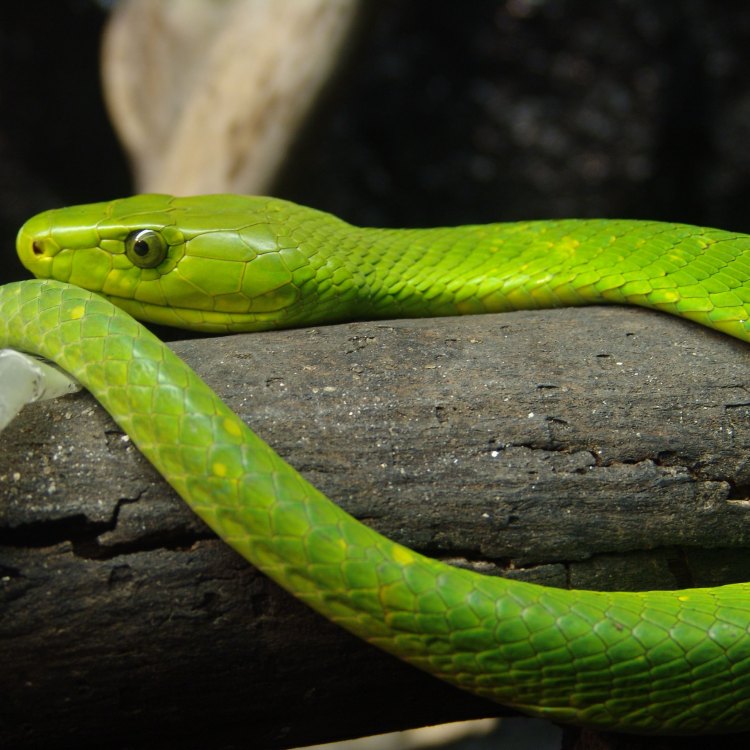
Black Mamba
- Adult Size: 6.5 to 10 feet (2 to 3 meters)
- Average Lifespan: 10 to 14 years
- Reproduction: Sexual
- Reproductive Behavior: Mating occurs between male and female individuals
- Sound or Call: Hisses when threatened
- Migration Pattern: Non-migratory
- Social Groups: Solitary
- Behavior: Aggressive when threatened
- Threats: Habitat loss and fragmentation, illegal wildlife trade, killing by humans
- Conservation Status: Vulnerable
- Impact on Ecosystem: Keystone predator
- Human Use: Venom is used for medical research and antivenom production
- Distinctive Features: Long, slender body; black mouth with fangs; incredible speed
- Interesting Facts: The Black Mamba is one of the most venomous snakes in the world and can reach speeds of up to 12.5 mph (20 km/h). It is highly agile and can lift one-third of its body off the ground when threatened.
- Predator: Humans are the primary predator of adult Black Mambas
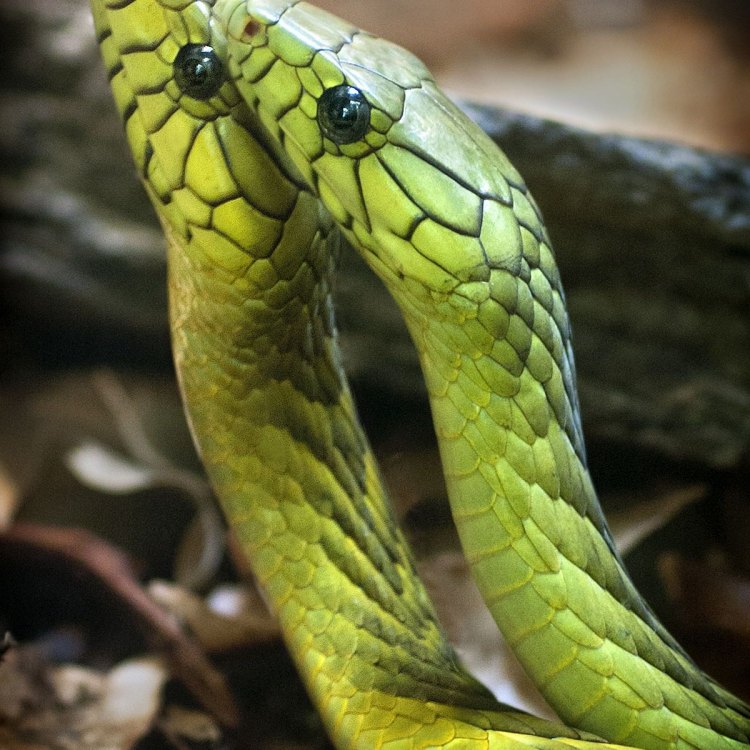
Dendroaspis polylepis
The Black Mamba: Africa's Notorious Venomous Snake
Meet the Black Mamba: a feared, misunderstood, and incredibly fascinating snake. This sleek, quick, and deadly serpent has been a part of African folklore and history for centuries. Its notoriety stems from its highly venomous bite, which can kill a human in just 20 minutes. But there is more to this creature than its deadly reputation PeaceOfAnimals.Com. In this article, we will explore the unique features, behaviors, and threats of the Black Mamba, and learn about its crucial role in the ecosystem.Adult Size and Average Lifespan
A full-grown Black Mamba can stretch anywhere from 6.5 to 10 feet (2 to 3 meters) in length, with some rare individuals reaching up to 14 feet (4.3 meters). This makes it one of the longest and fastest-moving snakes in the world. Its body is long, slender, and cylindrical, with smooth scales that range in color from olive-brown to gray or black. The underbelly of the snake is typically lighter in color and can have yellow or green tones.
In terms of lifespan, Black Mambas live an average of 10 to 14 years in the wild. However, some reports suggest that they can live up to 20 years in captivity under proper care Man Of War Jellyfish. Interestingly, female Black Mambas can lay up to 17 eggs at a time, with an incubation period of about 70 days.
Reproductive Behavior and Social Groups
The Black Mamba is a sexual species, meaning that mating occurs between male and female individuals. During breeding season, male Black Mambas will compete for a female's attention by engaging in an intricate dance, intertwining their bodies and entwining their heads. Once the female has made her choice, the pair will mate and then go their separate ways. Black Mambas do not form lifelong bonds or social groups. In fact, they are solitary animals, only seeking each other out for mating purposes.
Behavior and Sound
As one of the most venomous snakes in the world, it's no surprise that the Black Mamba is an aggressive and highly dangerous creature. When threatened, it will raise its upper body, open its mouth, and hiss loudly to intimidate its predator. It may also spread its neck and raise its head, a behavior known as "hooding," to appear more threatening. Additionally, the snake can strike rapidly and repeatedly, delivering multiple venomous bites in a matter of seconds.
Migration and Human Use
Unlike many other snake species, Black Mambas do not migrate. They are non-migratory, meaning they stay within a specific area throughout their life. This behavior makes them highly susceptible to habitat loss and fragmentation, two of the biggest threats facing these snakes.
Unfortunately, humans also play a significant role in the decline of Black Mamba populations. They are often killed out of fear and misunderstanding, and their habitat is destroyed for agricultural and urban expansion. The illegal wildlife trade is also a significant threat, with Black Mamba skins being used for clothing and accessories, and their venom extracted for traditional medicine.
Conservation Status and Impact on Ecosystem
Due to these various threats, the Black Mamba is listed as Vulnerable on the IUCN Red List. Its population is declining at an alarming rate, with some areas of their natural range reporting a decline of 30% or more over the last decade. The loss of the Black Mambas would have a cascading effect on the ecosystem, as they are considered a keystone predator.
As a top predator, Black Mambas play a crucial role in maintaining the balance of their ecosystem. They keep prey species in check, preventing overgrazing and promoting a healthy and diverse ecosystem. Without this control, there could be an increase in herbivores, leading to competition for resources and ultimately, a decline in plant diversity.
Distinctive Features and Interesting Facts
Apart from its venomous bite and incredible speed, the Black Mamba has many unique and interesting features. Its fangs, located at the front of its mouth, can reach up to 0.25 inches (6.4 mm) long and are hollow, allowing venom to be injected into its prey. Its venom is a lethal mixture of neurotoxins, causing paralysis and respiratory failure. Interestingly, Black Mambas are also able to control the amount of venom they release with each bite, allowing for more efficient hunting.
One of the most impressive and intimidating features of the Black Mamba is its incredible speed. It can reach speeds of up to 12.5 mph (20 km/h), making it the second-fastest snake in the world behind the Gaboon viper. When threatened, it can lift one-third of its body off the ground while moving forward, allowing it to strike its attacker.
Human Use and Predators
Despite their fearsome reputation, humans are the primary predator of adult Black Mambas. As mentioned before, they are often killed out of fear or for their valuable venom. However, Black Mambas play an essential role in human life as well. Their venom is used in medical research and for the production of antivenom, which saves countless lives each year.
The Black Mamba is a vital species in the African ecosystem and should be respected and protected rather than feared and killed. With proper education and conservation efforts, we can ensure the survival of this incredible creature for generations to come.
In conclusion, the Black Mamba is more than just a deadly serpent. It is a crucial part of the African ecosystem, with unique features, behaviors, and threats that make it a truly fascinating species. It is our responsibility to protect and preserve this vulnerable and misunderstood snake for the sake of our planet's biodiversity and our own well-being. So let us appreciate the Black Mamba for the incredible creature that it is, and work towards a future where humans and wildlife can coexist peacefully.
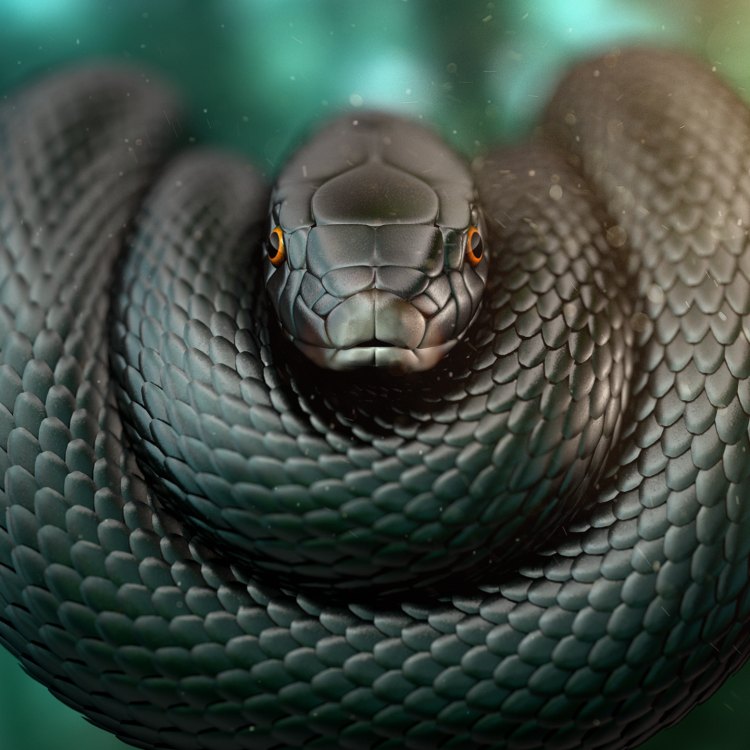
The Black Mamba: The Fastest and Deadliest Snake in Africa
Disclaimer: The content provided is for informational purposes only. We cannot guarantee the accuracy of the information on this page 100%. All information provided here may change without prior notice.


